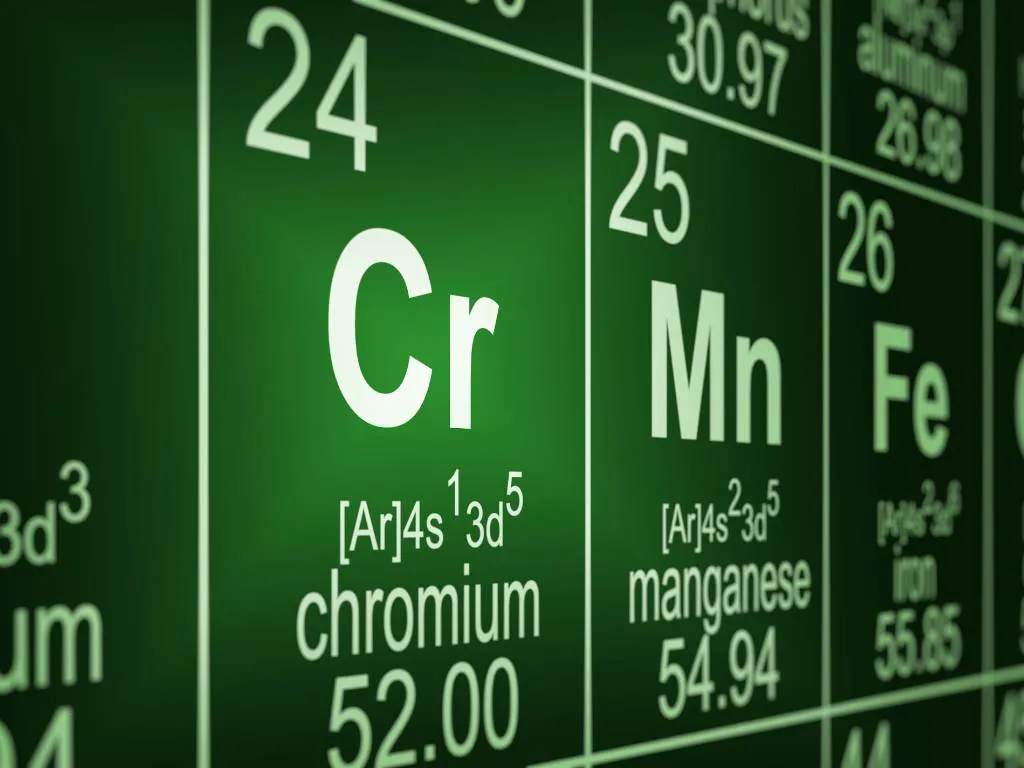News Details

ECHA Proposes EU-Wide Restrictions on Chromium(VI) Substances to Protect Health
On 29 April 2025, the European Chemicals Agency (ECHA) announced a proposal for an EU-wide restriction on certain hexavalent chromium (Cr(VI)) substances. This initiative aims to mitigate the harmful effects of these carcinogenic chemicals on workers and the general public.
Background: Expansion of the Restriction Scope
In September 2023, the European Commission requested that ECHA prepare a REACH restriction proposal on certain chromium(VI) substances currently on the Authorisation List, specifically targeting chromium trioxide (entry 16) and chromic acids (entry 17). Recognizing the potential risks of substituting these substances with other hazardous chromium(VI) compounds, the Commission expanded the mandate in April 2024.
Scope of the Proposed Restriction
The restriction proposal targets Cr(VI) substances listed in entries 16 to 22 and 28 to 31 of the REACH Authorisation List. It also considers other Cr(VI) substances not currently on the Authorisation List, such as barium chromate, in order to prevent potential risks if these substances are used as substitutes.
The proposal suggests banning the use of these substances, except in specific applications where defined limits for worker exposure and environmental emissions are met. The exempted use categories include:
-
Formulation of mixtures
-
Electroplating on plastic substrates
-
Electroplating on metal substrates
-
Use of primers and other slurries
-
Other surface treatments
-
Functional additives/process aids
Risks Associated with Cr(VI) Exposure
Hexavalent chromium compounds are recognised as some of the most potent carcinogens in the workplace. Workers exposed to Cr(VI) are at an increased risk of developing serious health issues, particularly lung and intestinal cancers. Additionally, communities residing near industrial sites that emit these substances may also be at increased risk due to environmental contamination.
Health and Environmental Impact
The proposed EU-wide restriction on certain hexavalent chromium (Cr(VI)) substances aims to significantly reduce environmental emissions and protect public health. By limiting the use of these carcinogenic chemicals, the initiative could prevent up to 17 tonnes of Cr(VI) from being released into the environment each year. This reduction is projected to avert approximately 195 cancer cases each year. Over a 20-year period, the monetised benefits of the restriction are estimated to range between €331 million and €1.07 billion, depending on the specific measures implemented.
Next Steps
The European Chemicals Agency (ECHA) is set to initiate a six-month public consultation on the proposed restriction of certain chromium(VI) substances on 18 June 2025. This consultation period offers stakeholders an opportunity to submit detailed information and evidence pertinent to the proposal. To facilitate active participation and provide clarity on the restriction process, ECHA is planning to host an online information session. This session will provide guidance on how interested parties can contribute effectively to the consultation.
ECHA’s scientific Committees for Risk Assessment (RAC) and Socio-Economic Analysis (SEAC) will evaluate the restriction proposal, based on the scientific evidence received during the consultation period. The European Commission, in collaboration with the 27 EU Member States, will make the final decision on the restriction and its conditions based on the proposal from ECHA and the committees’ opinions.
The full text of the Annex XV Restriction Report can be found here.
We acknowledge that the above information has been compiled from ECHA.

 Twitter
Twitter
